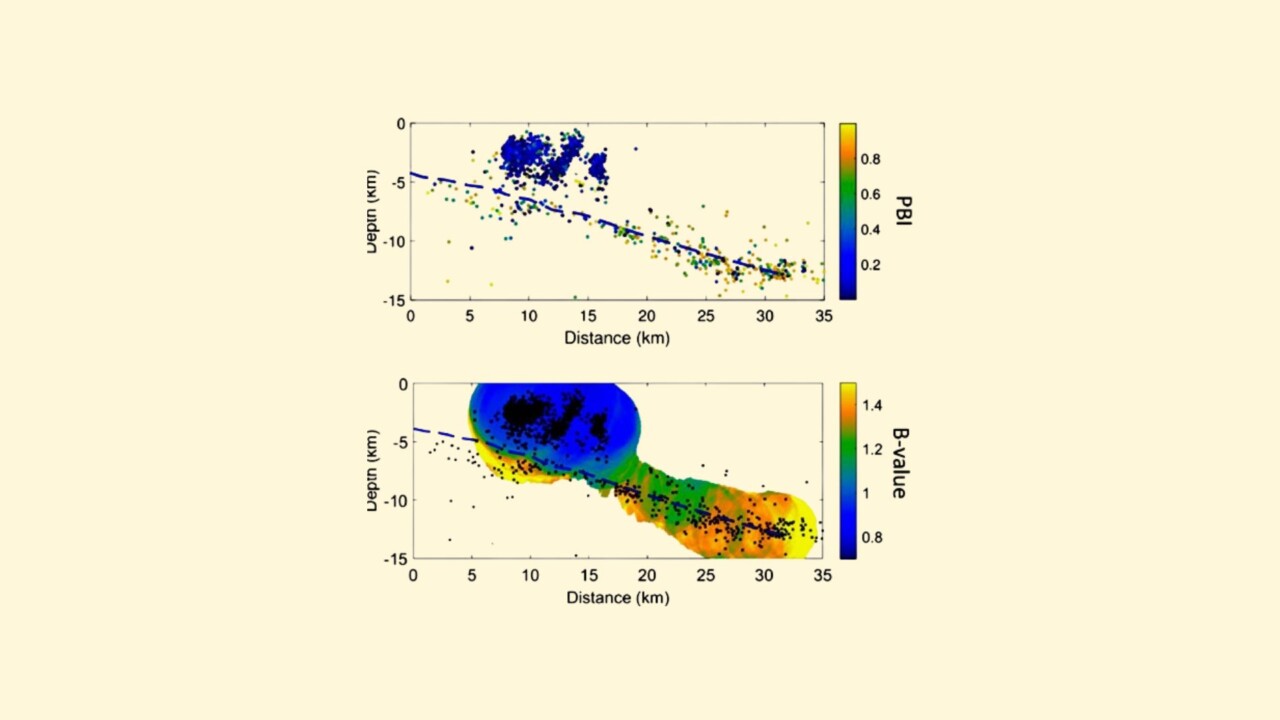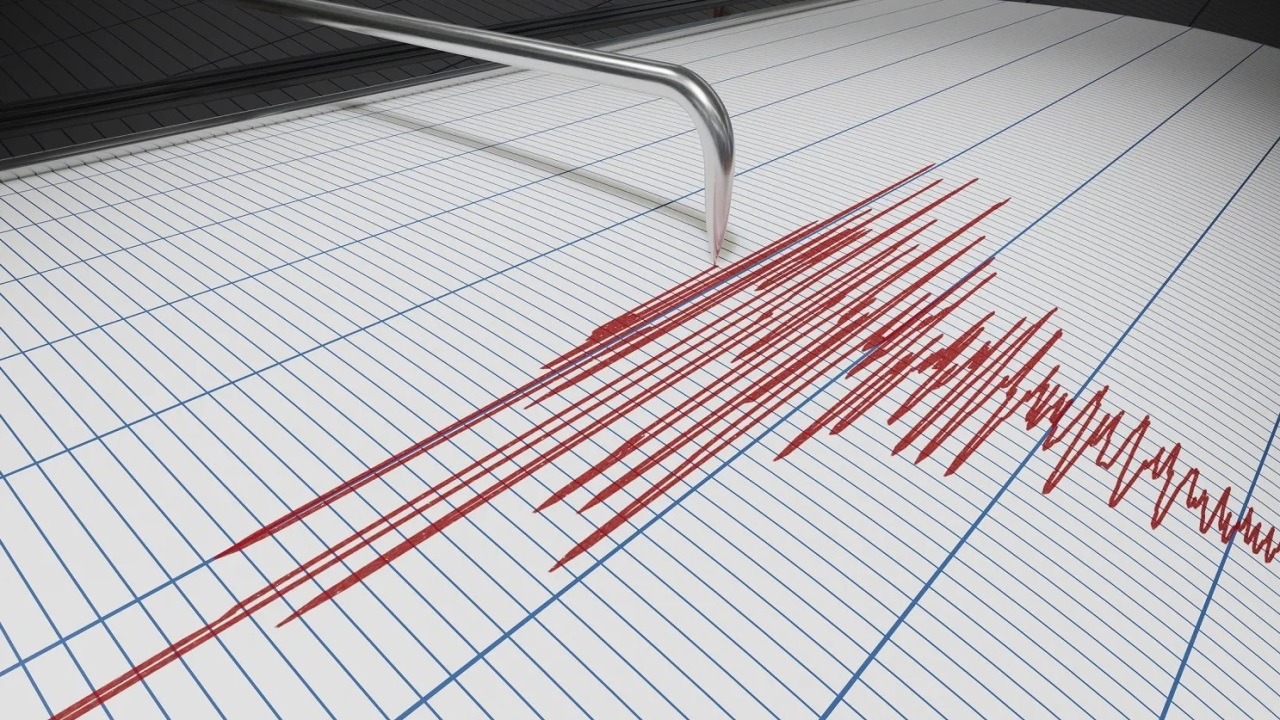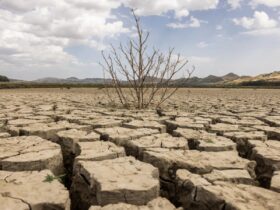The behavior of the earthquakes in the Upper Tiberina has shed new light on their dynamics. Let's take a closer look at the discoveries made
An important study, conducted by the National Institute of Geophysics and Volcanology (INGV), has shed new light on earthquakes nell’Upper Tiberina. The complex fault system extends from the source of the Tiber to Umbertide. Through in-depth analysis, the researchers explored the seismic dynamics in the territory nestled between Tuscany, Umbria and Marche. This has led to important revelations about the behavior of different faults in the area. The research, published in the prestigious journal of the Nature portfolio, shows how the main and secondary faults of the Alto Tiberina differ markedly in their seismic behavior. The more superficial areas, affected by secondary faults, tend to record earthquakes in swarms. Instead, in the deeper areas, the main fault causes solitary events. This differentiation is critical to better understand the distribution and magnitude of earthquakes in the region.


Earthquakes in the Upper Tiberina: the analyzes carried out
The scientists used a high definition seismic catalogue, covering the years 2010-2015, benefiting from the numerous seismic stations installed thanks to the INGV TABOO project. The use of advanced algorithms for data analysis it allowed us to obtain a detailed mapping of seismicity and to identify the peculiar characteristics of the different faults. An innovative aspect of the study is the analysis of the correlation between the temporal seismic eventsdistinguishing between solitary and clustered events, and the distribution of magnitudes, described by legge di Gutenberg-Richter. These results offer a more complete view of the behavior of the faults and contribute to the understanding of the seismic mechanisms of the region.
Although the study focused on earthquakes of relatively low magnitude, the researchers aim to extend their investigations also to those of higher magnitude. These, in fact, could have significant impacts on infrastructure. Future projects will explore other seismic zones globally, including oceanic subduction sites in South America, Japan and Indonesia. The promise is to further broaden our understanding of seismicity on a global scale. All this research demonstrates how in-depth seismic knowledge can be essential for future earthquake risk mitigation strategies in the Alto Tiberina and beyond.
Continue reading techgameworld.com so you don't miss the latest science-themed content, but not only that. Follow all the updates!
















Leave a Reply
View Comments